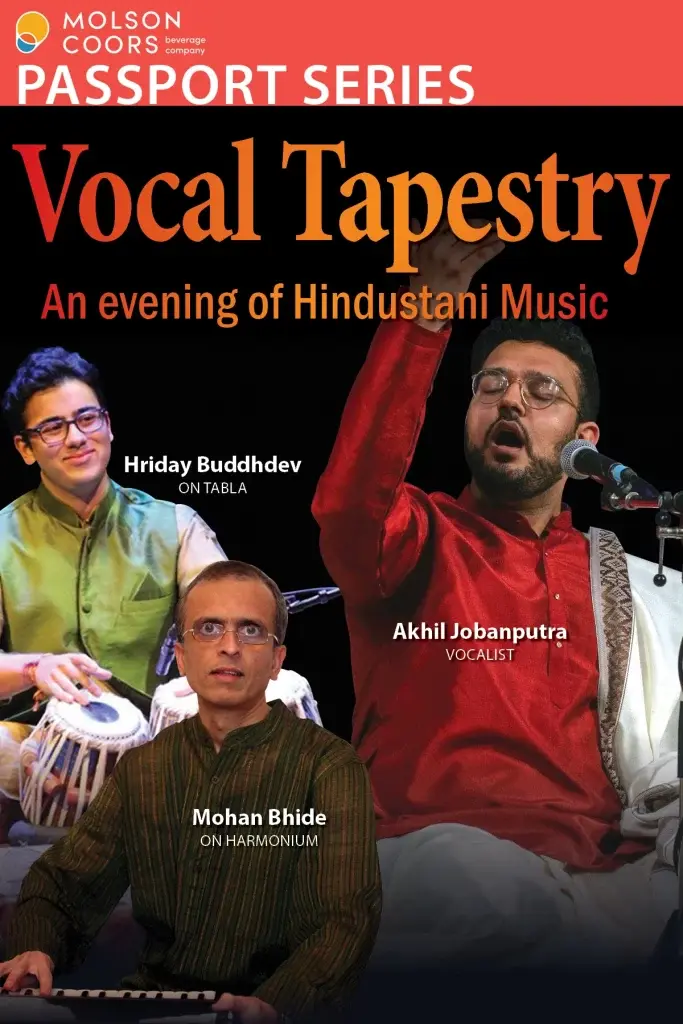Program Guide | May Long Weekend @ Burnaby Village Museum
- Akhil Jobanputra

- Apr 5, 2023
- 2 min read
Updated: May 21, 2023
What's Hindustani music?
Hindustani music is one of two major forms of classical or art music found in India today, typically finding its representation across the North of India as well as Pakistan and Bangladesh, with the other major form Carnatic music being represented across the South and Sri Lanka. Khayal is one of the primary subgenres of Hindustani vocal music, which is what will be presented today. It represents a confluence of older musical traditions such as Prabandha, Dhrupada, and Qawwali. It developed an identity of its own in the royal courts of India, beginning with the Delhi Sultanate, and culminating at the courts of the Gaekwad kings of Baroda. It is primarily an improvised form, with the song-text providing a basis for spontaneous musical creation within the grammar of the raga (melodic form) and tala (rhythmic cycle). In modern times, Khayal has continued to evolve as one of the many living Indian performing art traditions practiced today.
What will be presented today?
Raga Multani
Multani is a popular raga, with its name alluding to a connection to Multan - a city in Punjab, Pakistan. The tonal structure of Multani employs komal (flattened) re, ga, and dha along with the fourth note, ma, being tivra (sharpened). The remaining notes - sa, pa, and ni - are shuddha (unaltered). The temperament of this raga is uneasy. It likes to be in movement, with scoop-like movements called kan svaras (aka grace notes) riddled throughout. These curvy movements are akin to a viper traversing the hot desert's sand. Thus, this raga often has quickened passages of notes which then resolve on particular notes - sa, ga, pa, and ni. The first composition is may have been composed by the founder of my gharana (musical lineage) Ustad Alladiya KhanSaheb, and the second is a contemporary composition by Pandit Arun Kashalkar.
Song-Text #1: Are Mana Kahe | Vilambit Tintala (slow-paced 16-beat rhythmic cycle)
Meaning: O mind of mine! What are you thinking of?
Nothing comes of [anxiously] thinking like this. Why don't you cultivate patience?
Song-Text #2: Linhi Na Mori Khabariya Sayi | Drut Ada Chautala (fast-paced 14-beat rhythmic cycle)
Meaning: Beloved, does my news reach you? You have gone to such faraway lands. How am I supposed to be without you?
What can I say about what's troubling my mind. I watch the path of your return ceaselessly. How will I 'Rasadasa' ever catch sight of you?
Raga Gaud Malhar
Gaud Malhar is an old raga that is associated with the monsoon season. It has all shuddha (unaltered) notes apart from coming downwards, where the note ni is komal (flattened). It remains shuddha on the way up. The composition below is traditional. Compositions in this raga often utilize imagery of the monsoon as metaphors for the subconscious. In the composition below, the rain could be a manifestation of the protagonist's anxiety in going to meet their partner.
Song-Text #1: Barakha Bairi Bhayo | Madhyalaya Addha Sitarkhani (medium-paced 16-beat rhythmic cycle)
Meaning: The rain scares me like a cruel enemy. It does not let me travel to my beloved's hometown.
Thunderous roars accompany the rain cloud's downpours. Sparkling lightning too. It does not let me travel to my beloved's hometown.




Comments